Greece, a country steeped in history and culture, boasts a rich tapestry of UNESCO World Heritage Sites. These extraordinary locations offer a glimpse into the cradle of Western civilization, where myth and history intertwine. Join us on a journey through Greece’s top 10 UNESCO World Heritage Sites, each a testament to the country’s enduring legacy.
1. Acropolis of Athens
The Acropolis of Athens is arguably Greece’s most iconic landmark and a UNESCO World Heritage Site since 1987. Perched atop a rocky hill, this ancient citadel is home to several architectural masterpieces, including the Parthenon, the Erechtheion, and the Propylaea. These structures stand as enduring symbols of ancient Greece’s artistic and intellectual achievements, dedicated to the goddess Athena.
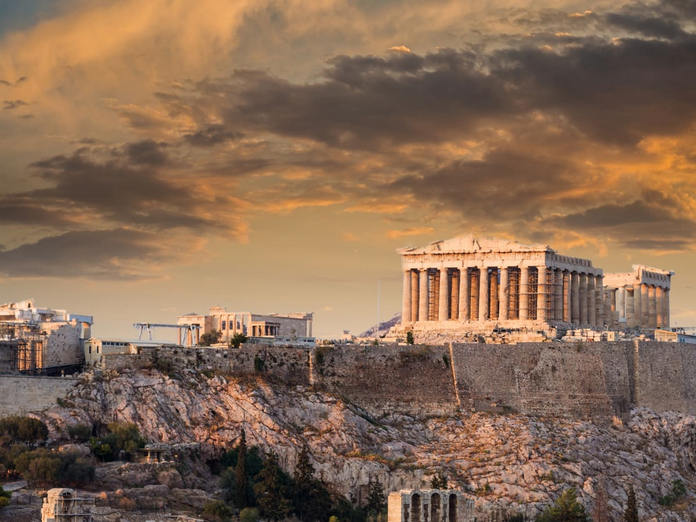
2. Delphi
Delphi, nestled on the slopes of Mount Parnassus, was once considered the center of the world in Greek mythology. It is a UNESCO World Heritage Site that encompasses the archaeological remains of a sanctuary dedicated to Apollo. The site includes the Temple of Apollo, the ancient theater, and the famous Oracle, where Pythia would deliver cryptic prophecies that influenced the course of history.
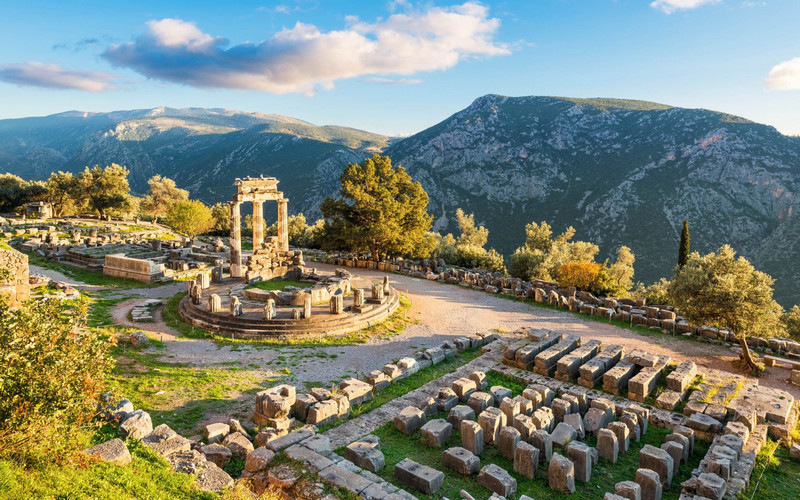
3. Olympia
Olympia, the birthplace of the Olympic Games, is another UNESCO World Heritage Site in Greece. The ancient sanctuary is renowned for its Temple of Zeus, which once housed the monumental gold and ivory statue of Zeus, one of the Seven Wonders of the Ancient World. Visitors can explore the stadium and other structures that played a crucial role in the ancient athletic competitions.

4. Meteora
The monasteries of Meteora are perched atop towering rock pillars, creating a surreal and breathtaking landscape. This UNESCO World Heritage Site in central Greece is a testament to human determination and devotion. Constructed during the 14th and 16th centuries, the monasteries served as a refuge during times of political unrest and are still active religious sites today.
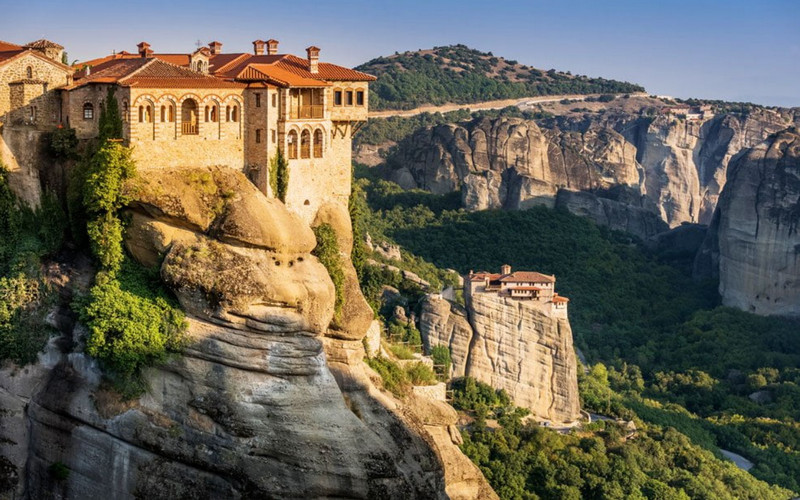
5. Mystras
Mystras, located near the ancient city of Sparta, is a UNESCO World Heritage Site that transports visitors to the Byzantine era. The well-preserved ruins of this medieval fortress town include churches, palaces, and homes, offering a glimpse into the life of the time. The site’s intricate frescoes and mosaics are particularly noteworthy.

6. Archaeological Site of Delos
Delos, a small island in the Cyclades, is a UNESCO World Heritage Site that was once a thriving religious and commercial center in antiquity. The island is known for its impressive archaeological remains, including the Temple of Apollo, the Terrace of the Lions, and numerous statues and mosaics. Delos is often considered one of the most important archaeological sites in Greece.
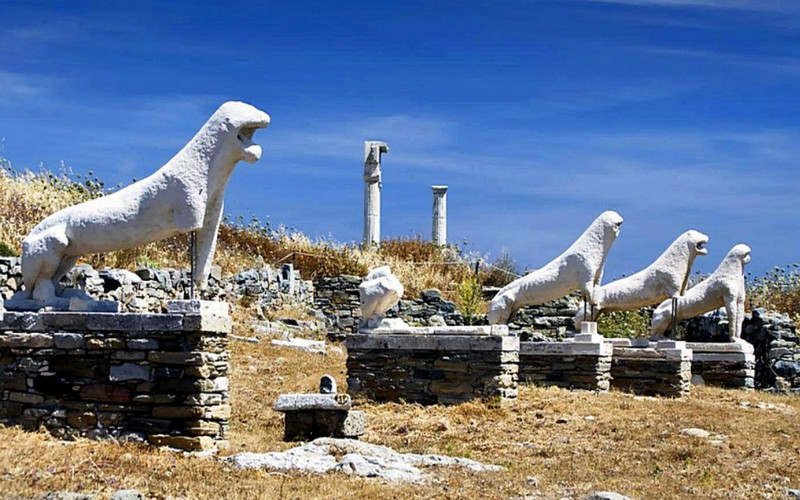
7. Pythagoreion and Heraion of Samos
The island of Samos is home to two UNESCO World Heritage Sites: Pythagoreion, named after the famous mathematician Pythagoras, and the Heraion, a sanctuary dedicated to the goddess Hera. Pythagoreion boasts well-preserved ancient walls, an ancient harbor, and the Eupalinian Aqueduct, a remarkable feat of ancient engineering. The Heraion features a Doric temple and archaeological remains that date back to the 8th century BCE.
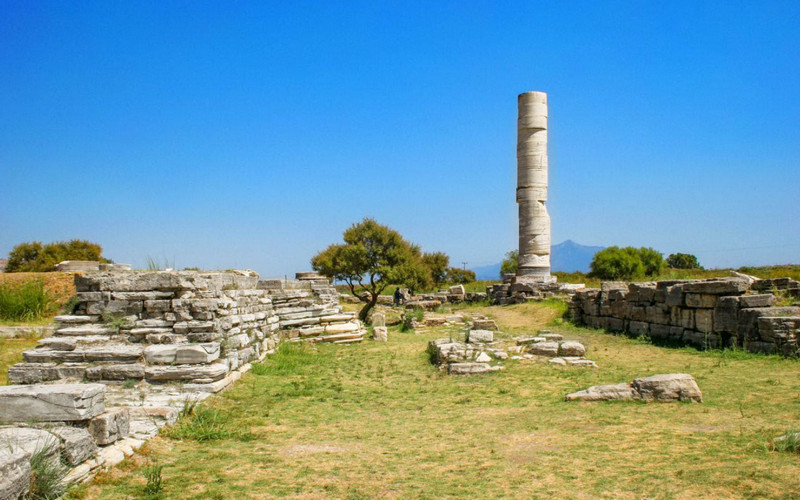
8. Archaeological Sites of Mycenae and Tiryns
Mycenae and Tiryns are ancient fortified cities that played a crucial role in Greek history. These UNESCO World Heritage Sites feature impressive cyclopean walls, royal tombs, and the iconic Lion Gate of Mycenae. Mycenae, in particular, is associated with the legendary figure of Agamemnon and the epic poems of Homer.
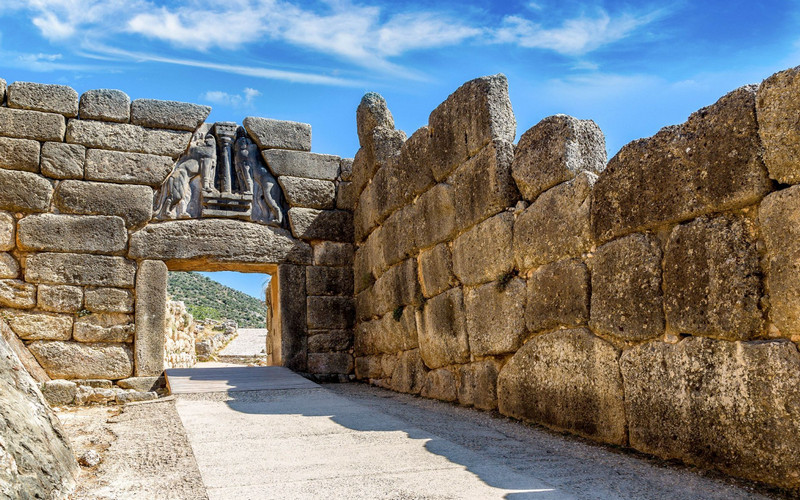
9. Monasteries of Daphni, Hosios Loukas, and Nea Moni of Chios
These three Byzantine monasteries are UNESCO World Heritage Sites that showcase the architectural and artistic achievements of the Byzantine Empire. Each monastery is known for its exceptional mosaics and frescoes, which provide valuable insights into Byzantine religious art and culture.
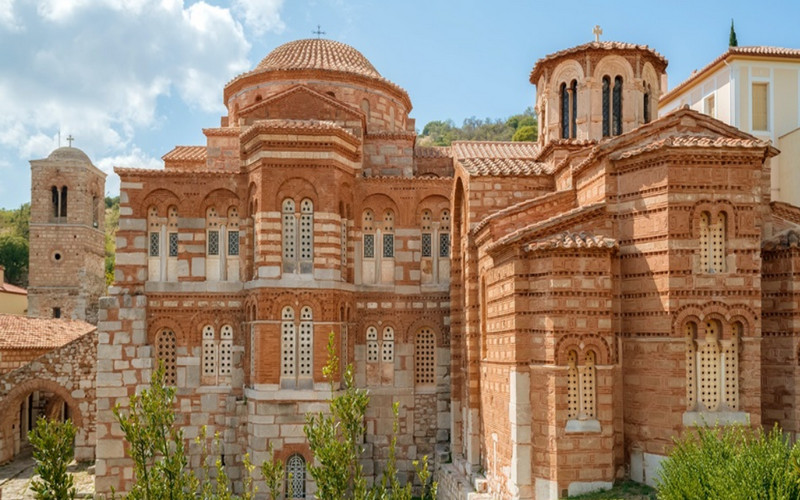
10. Historic Centre (Chorá) with the Monastery of Saint-John the Theologian and the Cave of the Apocalypse on the Island of Pátmos
Pátmos, a small Greek island in the Dodecanese, is home to a UNESCO World Heritage Site that encompasses the historic center (Chorá), the Monastery of Saint-John the Theologian, and the Cave of the Apocalypse. According to tradition, it was on this island that Saint John the Evangelist wrote the Book of Revelation. The cave and the monastery are important religious pilgrimage sites, while Chorá’s medieval architecture adds to the island’s cultural significance.
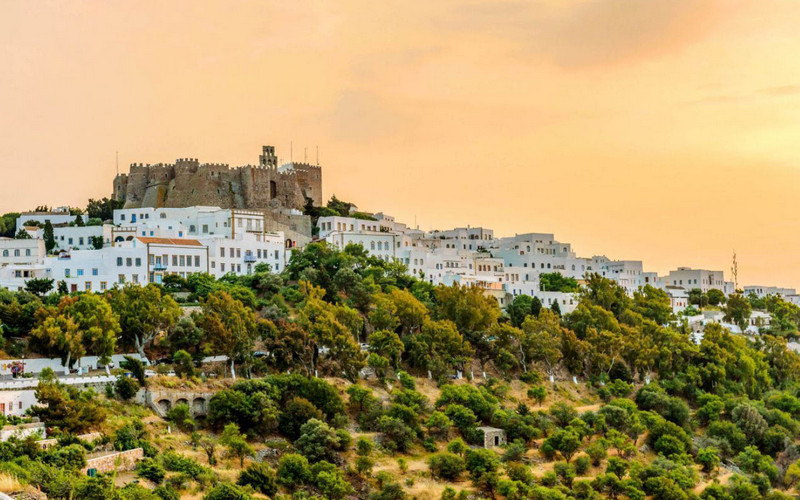
Greece’s UNESCO World Heritage Sites are windows to a past that has profoundly shaped Western civilization. These remarkable places, whether bearing testament to ancient Greek achievements or the rich Byzantine heritage, continue to captivate and inspire visitors from around the world. Exploring these sites is not merely a journey through history but an opportunity to connect with the enduring spirit of Greece.





